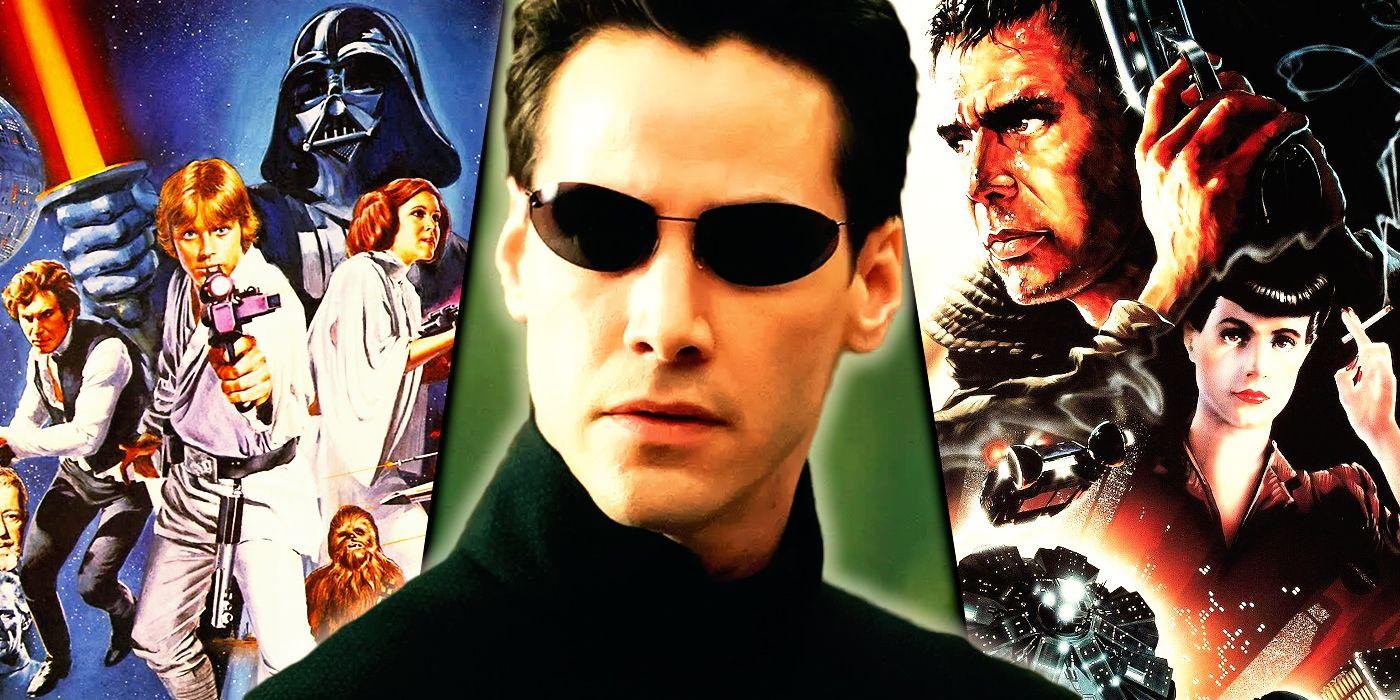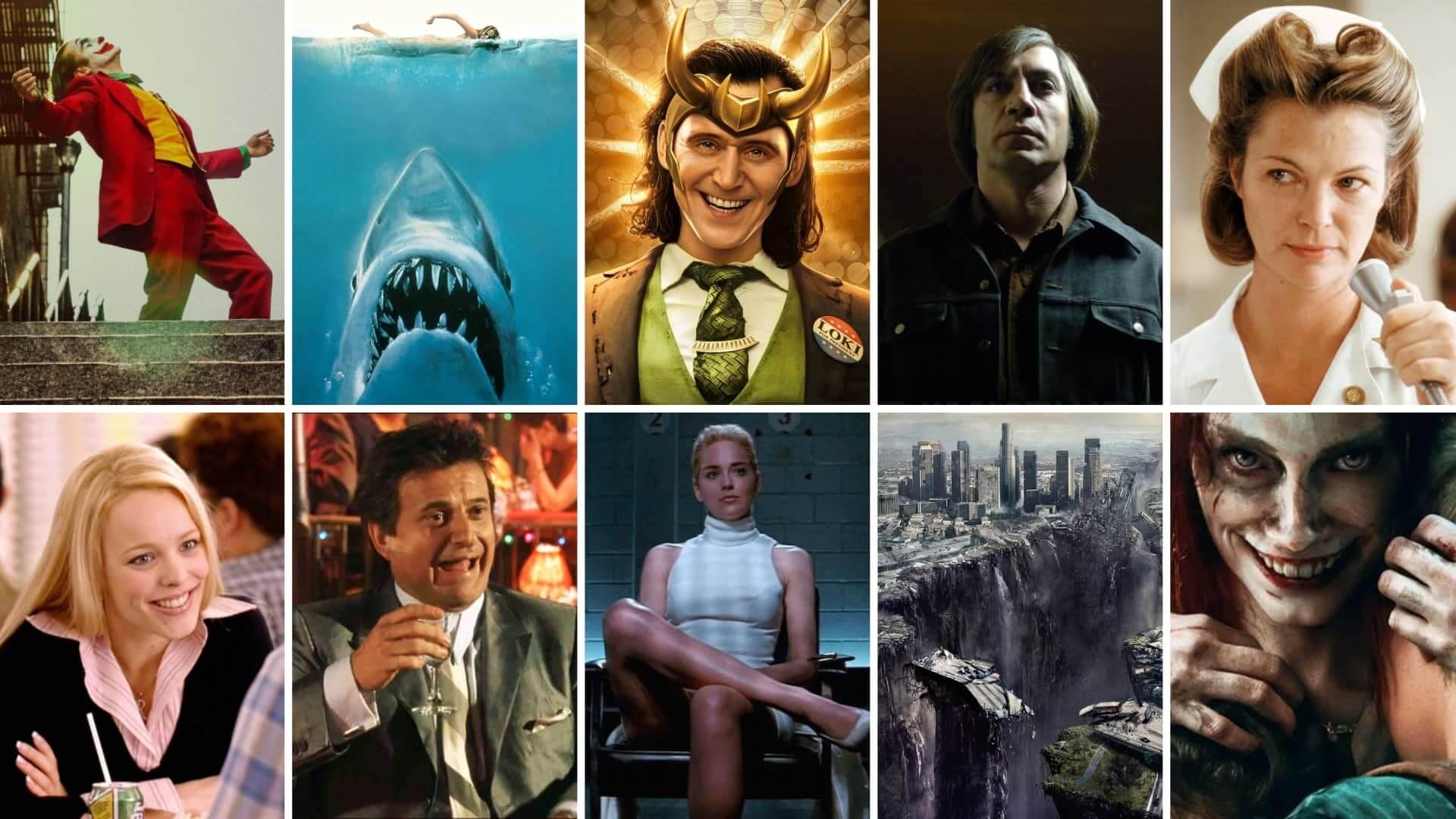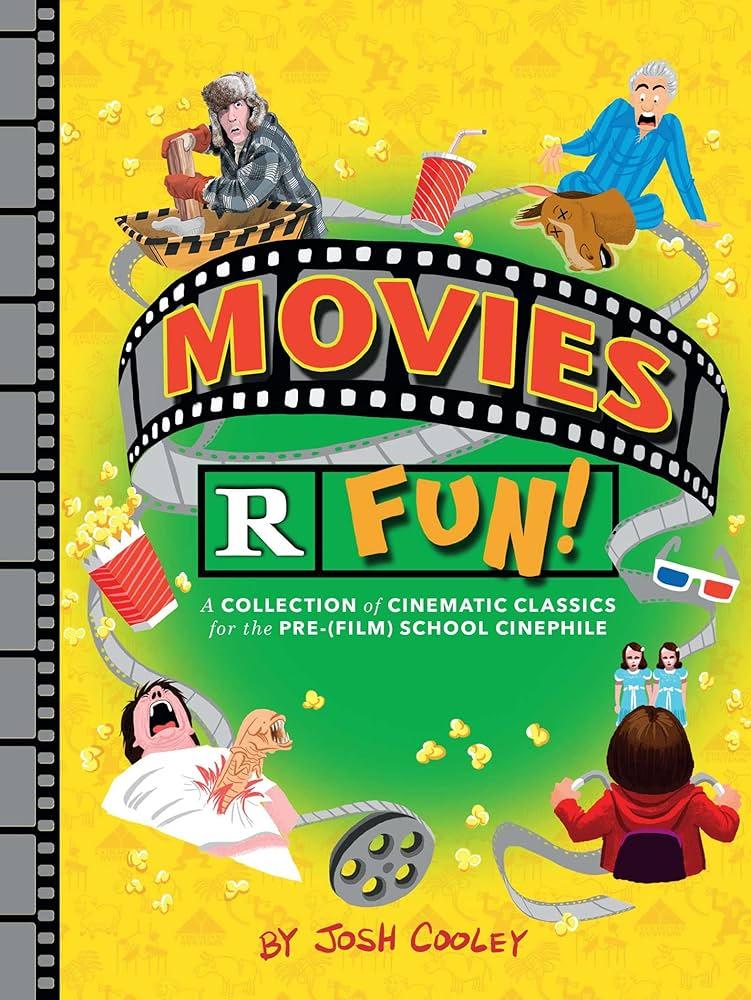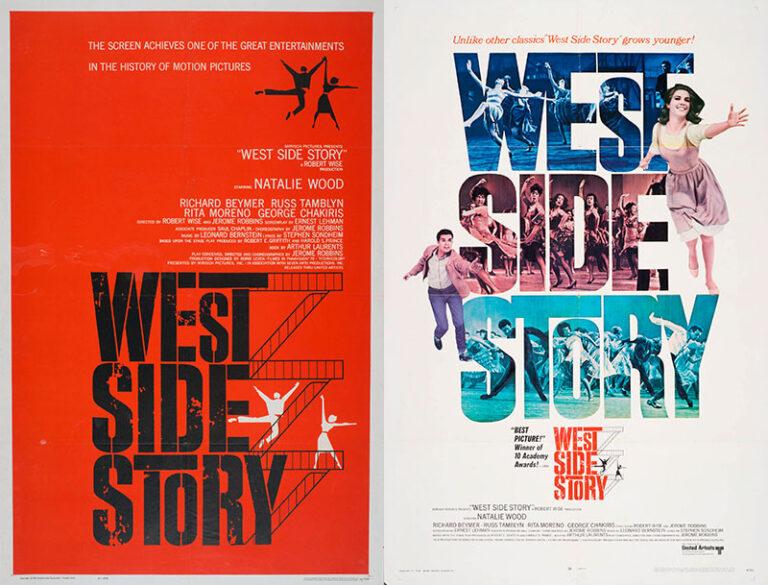In the vast tapestry of cinematic history, certain films emerge not just as cultural milestones but as enduring blueprints that continue to shape the very fabric of modern filmmaking. These iconic masterpieces, transcending their original contexts, have become timeless touchstones that inspire, inform, and ignite the imaginations of filmmakers across generations. As the silver screen evolves, these films serve as both foundation and catalyst, seamlessly weaving their influence into the narrative and technical innovations of today. This article delves into the profound and lasting impact of these legendary works, exploring how they have etched their indelible mark on the art of storytelling and the craft of filmmaking, guiding and challenging contemporary creators to reimagine the possibilities of the cinematic experience.
Legacy of Innovation Crafting Timeless Techniques

In the ever-evolving landscape of cinema, certain films stand as pillars of creativity, their groundbreaking techniques echoing through the corridors of modern filmmaking. These iconic masterpieces are not merely stories told on screen; they are blueprints that have inspired countless directors and cinematographers to explore new realms of visual storytelling. From the pioneering use of special effects to the innovative manipulation of narrative structures, these films have left an indelible mark on the industry.
- Revolutionary Camera Work: The daring cinematography of films like “Citizen Kane” introduced audiences to dynamic angles and deep-focus shots, techniques that continue to influence directors striving for visual depth and emotional impact.
- Innovative Editing: “Pulp Fiction” and its non-linear narrative showcased the power of editing as a storytelling tool, encouraging filmmakers to experiment with time and perspective.
- Groundbreaking Special Effects: The imaginative worlds created in “Star Wars” redefined what was possible on screen, paving the way for today’s CGI-driven blockbusters.
These films are more than just entertainment; they are educational texts that challenge filmmakers to push the boundaries of what’s possible, ensuring that the legacy of innovation continues to shape the future of cinema.
Character Archetypes and Their Enduring Influence

- The Hero’s Journey: At the heart of countless narratives lies the archetype of the hero, a figure who embarks on a transformative quest. From Luke Skywalker in “Star Wars” to Simba in “The Lion King”, these characters embody the timeless journey of self-discovery and triumph against adversity. Their stories resonate deeply, serving as a blueprint for modern filmmakers who aim to captivate audiences with tales of courage and growth.
- The Mentor: This guiding figure, often a source of wisdom and support, plays a pivotal role in the hero’s development. Characters like Mr. Miyagi in “The Karate Kid” and Gandalf in “The Lord of the Rings” exemplify this archetype, offering guidance and imparting crucial life lessons. Their enduring presence in films underscores the importance of mentorship and the transfer of knowledge across generations.
- The Villain: A compelling antagonist is essential to any memorable story. From the chilling presence of Darth Vader to the psychological complexity of Hannibal Lecter, villains challenge heroes and drive the narrative forward. Modern filmmakers continue to draw inspiration from these iconic antagonists, crafting multifaceted characters that blur the lines between good and evil.
These archetypes are more than mere storytelling devices; they are foundational elements that shape the cinematic landscape. Their enduring influence is a testament to their universal appeal, ensuring that they remain integral to the art of filmmaking. As directors and writers explore new narratives, they often return to these archetypes, reinventing them to reflect contemporary themes and societal changes. This cyclical process of reinvention ensures that the essence of these archetypes remains relevant, continually inspiring new generations of filmmakers and audiences alike.
Visual Storytelling Lessons from Cinematic Classics

- Mastery of Composition: Cinematic classics like Citizen Kane and Lawrence of Arabia taught filmmakers the power of visual composition. Orson Welles’ use of deep focus and low-angle shots in Citizen Kane redefined how stories could be visually structured, allowing modern directors to explore more complex narratives through intricate visual layouts.
- Symbolic Imagery: Alfred Hitchcock’s Psycho and Stanley Kubrick’s 2001: A Space Odyssey showed that visuals could be loaded with symbolism, creating layers of meaning beyond the dialogue. Today, filmmakers leverage this lesson to craft scenes that resonate on multiple levels, inviting viewers to interpret and engage with the story actively.
These films have not only set the standards for technical excellence but have also demonstrated how visuals can evoke emotions and convey themes, inspiring contemporary filmmakers to push the boundaries of their craft. By studying these masterpieces, modern creators learn to weave visuals into the very fabric of storytelling, ensuring their narratives are both compelling and enduring.
Incorporating Iconic Film Narratives in Contemporary Scripts

Modern filmmakers often draw from the rich tapestry of storytelling found in iconic films to breathe life into contemporary scripts. By weaving elements of classic narratives, they not only pay homage to their cinematic predecessors but also create stories that resonate with today’s audiences. Key techniques include:
- Character Archetypes: Timeless characters such as the anti-hero, the wise mentor, or the star-crossed lovers are reimagined with fresh twists, reflecting modern values and societal shifts.
- Universal Themes: Enduring themes like love, redemption, and the hero’s journey are reinterpreted to address current cultural and social issues, offering new perspectives and insights.
- Innovative Plot Structures: Classic nonlinear storytelling or unexpected plot twists, reminiscent of films like “Pulp Fiction” or “The Sixth Sense,” are utilized to keep audiences engaged and guessing.
By seamlessly integrating these elements, contemporary filmmakers not only honor the legacy of classic cinema but also craft stories that feel both familiar and refreshingly original. This blend of old and new ensures that the spirit of iconic films continues to influence and inspire the evolving landscape of modern filmmaking.


